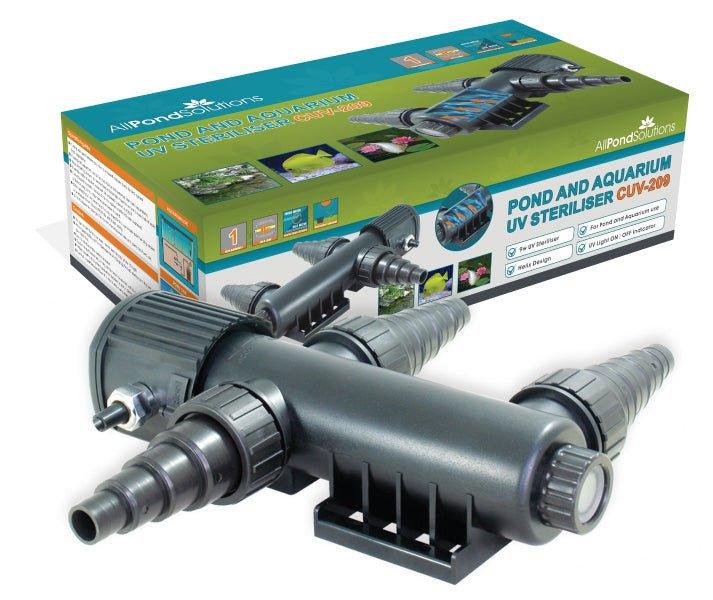Should I Invest in Live Rock?
Live rock is just one of the filtration options that you have when it comes to marine aquariums. However, live rock is one of the best options as it comes with a range of different advantages, albeit at a high price.
What is Live Rock?
Live rock is a fragment or fragments of dead coral that has been colonised by bacteria and organisms. They eat fish waste, helping to filter the water, making it safe for your fish to live in your tank.
Biological Filtration
The biological filtration that live rock provides is critical to the health of saltwater fish. The bacteria that live in the rock break down the ammonia and nitrite into safer compounds. They can host a large number and variety of bacteria that enhance the filtration process to support delicate marine life.
Food
Another benefit to adding live rock to your tank is that they can help feed a fish tank. They can play host to a number of edible organisms, including algae and even tiny crustaceans. Fish such as butterfly fish, angelfish and tangs all like to graze on organisms such as these, and seahorses and mandarin gobies need tiny living food to survive.
Hitchhikers
Live rock can also include ‘hitchhikers’, invertebrates such as crustaceans, anemone and worms, which can make your tank that little bit more interesting.
However, you have to be careful when purchasing live rock, as you need to have a high quality of rock and its organisms. Some rock may have organisms and bacteria that don’t have a positive impact on your tank. Predatory crabs, pest rock anemones and fireworms can be dangerous to your fish, However, you can prevent this by curing your live rock before you introduce it to your tank, or buying ‘base rock’ which usually lacks any type of hitchhikers altogether.
Hiding Places
Many fish, especially reef fish, need rock and hard cover to feel safe and relaxed – even if they are not under threat. Properly stacked live rock can provide the hiding spots that your fish will need.
Live rock can also form the basis of a reef tank as the base for corals, anemones and other stationary invertebrates.
The Cost
There are, however, a number of disadvantages that you should think about before investing in live rock. The first is the cost, both to your bank balance and to the natural environment.
If you’re looking for biological filtration, then choosing live rock as your method is the most expensive. You can use a combination of live and dry rock, but it will still be costly. If you’re looking for the best way to do it, however, then live rock should be the one to choose.
Secondly, you must be concerned with where your live rock comes from. There have been concerns raised about the potential for over-harvesting of live rock, which threatens the survivability of our reefs. Purchase dry rock from dried-out inland reef beds and aqua-cultured live rock and you will be helping to preserve natural reefs.
Another disadvantage is that adding live rock to your tank will cause an ammonia spike. When live rock is exposed to air, some of the organisms that live on it will die, adding ammonia to the tank. To avoid this, cure the live rock before adding it to the tank. Curing is the process of eliminating any dead material from the rock.
In conclusion, if you’re looking to create an authentic marine aquarium, there’s no better way than with live rock, it just might sting your wallet a little.
